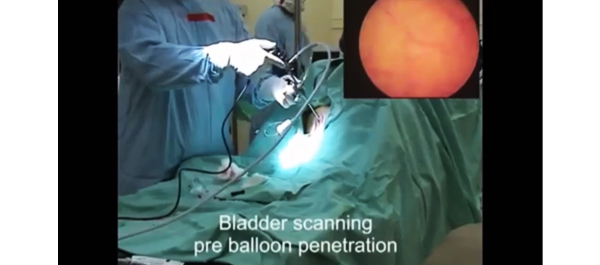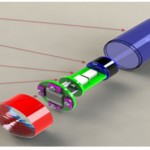Video: In-Vivo Trials in Sheep
Novel anti-biofilm mechanism for wireless capsule endoscopy in the urinary tract: preliminary study in a sheep model
Amos Neheman*†, Claude Schulman‡ and Ofer Yossepowitch†§
*Urology Department, Meir Medical Center, Kfar-Saba, †Sackler School of Medicine, Tel-Aviv University, Tel-Aviv, Israel, ‡Department of Urology, University of Brussels, Brussels, Belgium, and §Institute of Urology, Rabin Medical Center, Beilinson, Petah Tikva, Israel
OBJECTIVE
• To develop and test the safety and feasibility of a novel anti-biofilm mechanism configured for wireless capsule endoscopy (WCE) in a sheep bladder model.
MATERIALS AND METHODS
• A WCE mechanism, designed for long-term bladder monitoring, was developed and introduced into a sheep bladder for 5 months.
• The transparency of the surface was assessed by evaluating a resolution target placed inside the capsule at serial intervals using cystoscopy under general anaesthesia.
• Animal behaviour, voiding patterns and urine cultures were monitored throughout the study.
• At study termination, the capsule was extracted and assessed using scanning electron microscopy.
RESULTS
• The resolution target was visualized clearly at all investigation points.
• No notable adverse effects were noted during the entire follow-up period and no urinary tract infection occurred.
• Scanning electron microscopy confirmed the efficacy of the technology to prevent biofilm formation and surface encrustation.
CONCLUSIONS
• We report a novel technology that effectively prevents biofilm formation on the outer surface of foreign objects in the urinary tract.
• Further studies are under way to test the applicability of this technology in bladder WCE to enable high-quality wireless image transmission.



